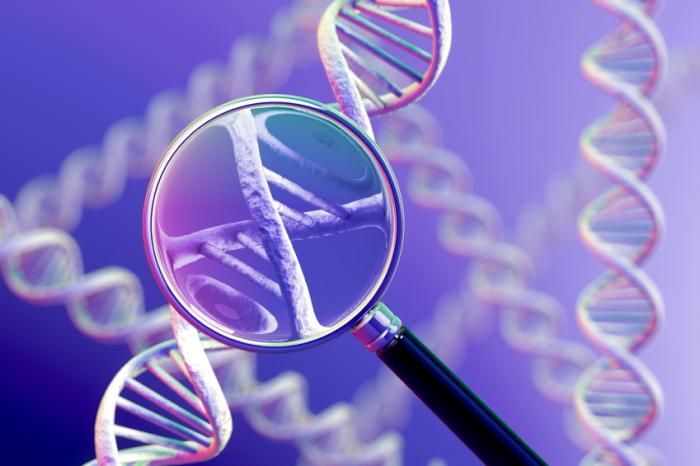



Washington State University (WSU) scientists say they have seen how a particular gene is involved in the quality of sleep experienced by three different animals, including humans. The gene and its function open a new avenue for scientists exploring how sleep works and why animals need to sleep.

“Sleep must be serving some important function,” said Jason Gerstner, Ph.D., assistant research professor in WSU’s Elson S. Floyd College of Medicine and lead author of a paper (“Normal sleep requires the astrocyte brain-type fatty acid binding protein FABP7”) in Science Advances. “But as scientists, we still don’t understand what that is. One way to get closer to that is by understanding how it is regulated or what processes exist that are shared across species.”
As a doctoral student at the University of Wisconsin, Dr. Gerstner looked at genes that change expression over the sleep-wake cycle and found expression of the gene FABP7 changed over the day throughout the brains of mice. He and his colleagues saw that mice with a knockedout FABP7 gene slept more fitfully compared to normal mice with the gene intact. This suggested the gene is required for normal sleep in mammals.
To see if FABP7 is indeed required for normal sleep in humans, Dr. Gerstner and colleagues in Japan looked at data from nearly 300 Japanese men who underwent a seven-day sleep study that included an analysis of their DNA. It turned out that 29 of them had a variant of the gene responsible for the production of FABP7. Like the mice, they tended to sleep more fitfully. While they would get the same amount of sleep as other people, their sleep was not as good, with more waking events when they should be sleeping.
Finally, the researchers made transgenic fruit flies. They inserted mutated and normal human FABP7 genes into astrocytes. These glial cells were long thought to be kind of a supporting cast to neurons. But scientists more recently have found that, like neurons, glial cells release chemical neurotransmitters and control behavior.
To monitor the flies’ sleep, the researchers used a commercial “Drosophila Activity Monitor” that automatically records activity changes using an infrared beam to determine if a fly is awake or asleep. If the beam is unbroken for five or more minutes, the machine concludes the fly is asleep. It turned out that flies with the mutated FABP7 gene broke the beam more frequently during the normal sleep time. Like mice and humans without a properly functioning FABP7 gene, mutant FABP7 flies slept more fitfully.
“This suggests that there’s some underlying mechanism in astrocytes throughout all these species that regulates consolidated sleep,” said Dr. Gerstner. “It’s the first time we’ve really gained insight into a particular cell’s and molecular pathway’s role in complex behavior across such diverse species.”
Even more remarkable is that fruit flies have been on the planet for some 60 million years.
“That suggests we have found an ancient mechanism that persisted over evolutionary time,” continued Dr. Gerstner. “Evolution does not keep something around that long if it is not important.”
While the researchers are excited about finding a gene with an apparently strong influence on sleep, they stress that other genes are almost certainly involved in the process.
FABP7 proteins are involved in “lipid signaling,” shuttling fats to a cell nucleus to activate genes controlling growth and metabolism. Dr. Gerstner and his colleagues will now look to see how these functions might intersect with current theories about why sleep matters. Among those theories are that sleep is important for neuronal activity, energy use and storage, and memory and learning.
 Relevant
news
Relevant
news